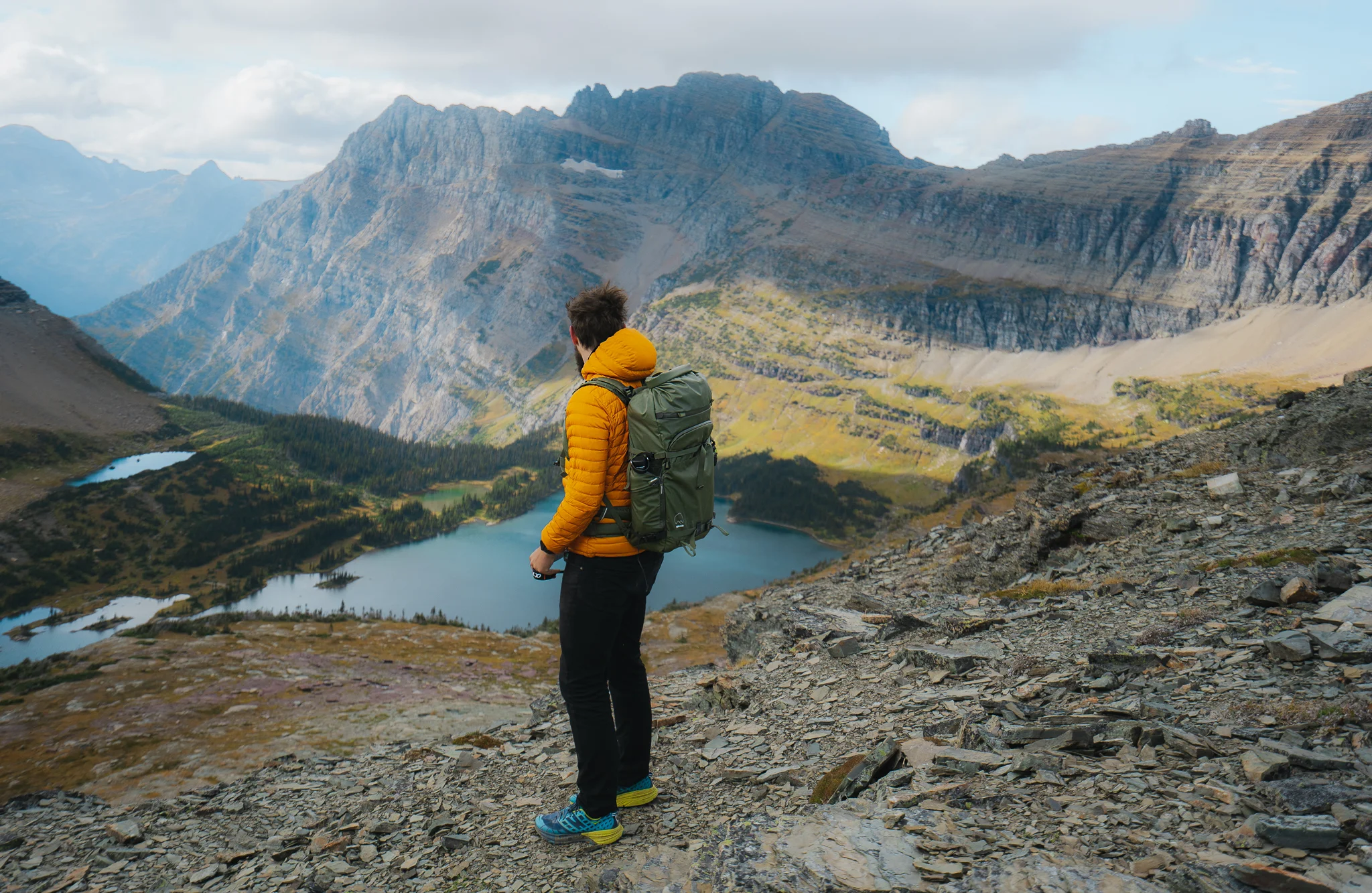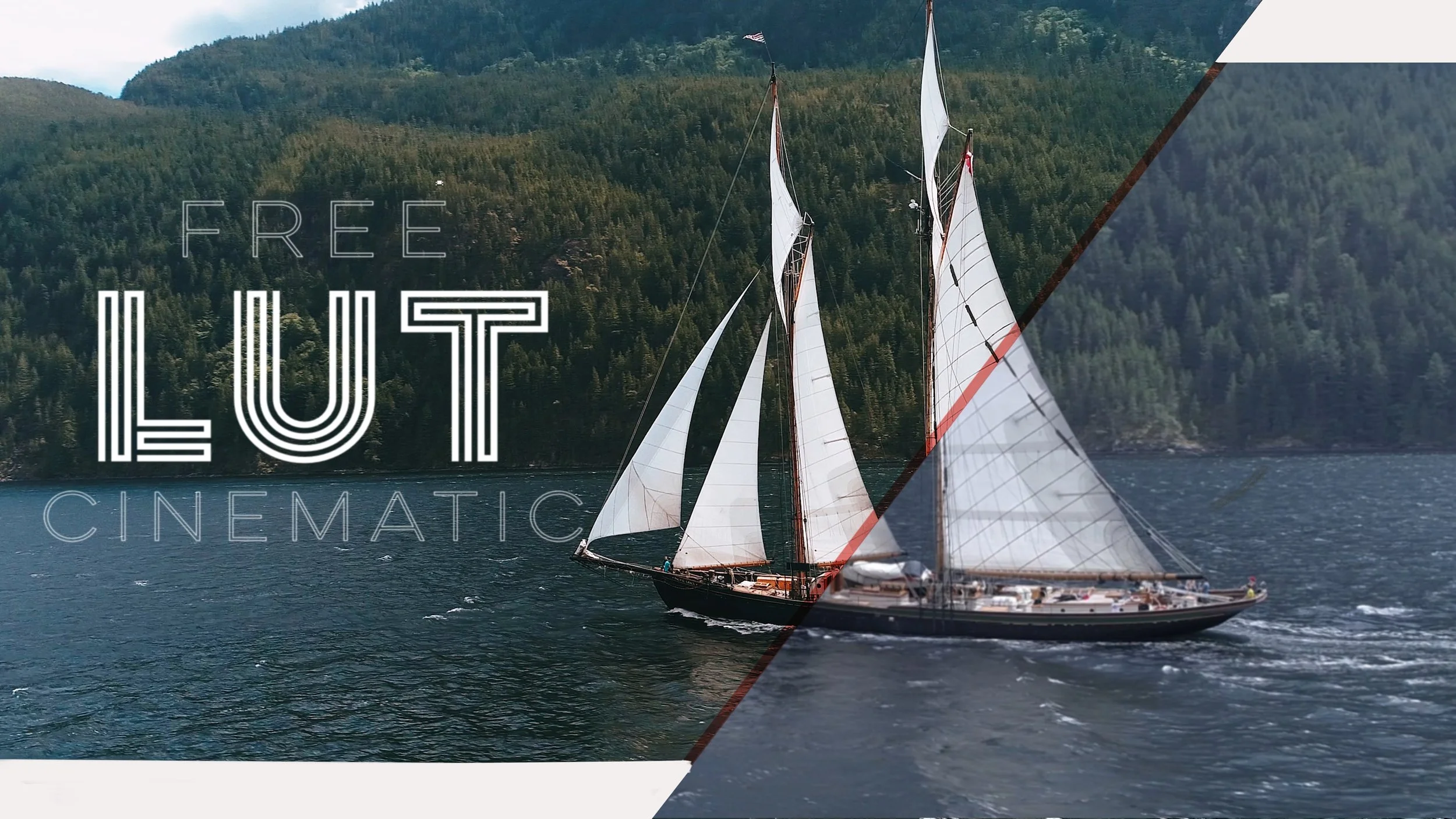How I Light Interviews in the Mountains // Flexlight Overview
Bringing gear for shooting interviews into the mountains is quite the task. I wasn't even planning on taking lights while shooting the slacklife series because all of the extra weight. That is until I found out about the flex light kit from westcott. This kit has made me fall in love with lighting interviews in the outdoors. I simply didn't consider bringing lights with me until this kit came along.
On the series I used this gear as my lighting kit:
Flex 2-Light X-Bracket Kit - https://www.fjwestcott.com/flex-2-lig...
Flex Battery - https://www.fjwestcott.com/flex-porta...
You can check out the trailer for the series we shot here, the first episode will be coming out in March! So stoked.
Pictured above is my ideal interview setup. I'm using the RODE filmmaker kit for my LAV audio, and the NTG3 over head for the best interview sound I can get. To the left I have the flexlight 1x1 set up as my key light, softening the light through a generic softbox I got on amazon. The Panasonic G7 is mounted on top the Kessler second shooter for some smooth interview pans.
And this is what it looks like with all the pieces in play. I'm monitoring audio, camera, and knocking out a fantastic interview. That's how you gotta roll as a solo filmmaker, and I honestly wouldn't have bothered taking lights at all if it wasn't for the extremely portable flexlight kit.
Pictured above I am adjusting the output of my keylight. Having a dimmer you can hold near your camera is extrememely handy for dialying in the lights just perfect.
If you have any questions about this setup be sure to let me know. Make sure to subscribe to the Leftcoast TV newsletter so you don't miss any new videos!
CHECK OUT ANOTHER RAD TUTORIAL!
LEARN FILMMAKING
This is the fastest way to get the latest adventure filmmaking education from Levi Allen!














![MEET MIA - THE NEW FEMALE WORLD RECORD HOLDER [VIDEO]!](https://images.squarespace-cdn.com/content/v1/5765d00d03596e3a6ca65a68/1473107519690-AO2IX2VFBP8BKFWU3UW3/MIA.00_00_39_23.Still006.jpg)
























